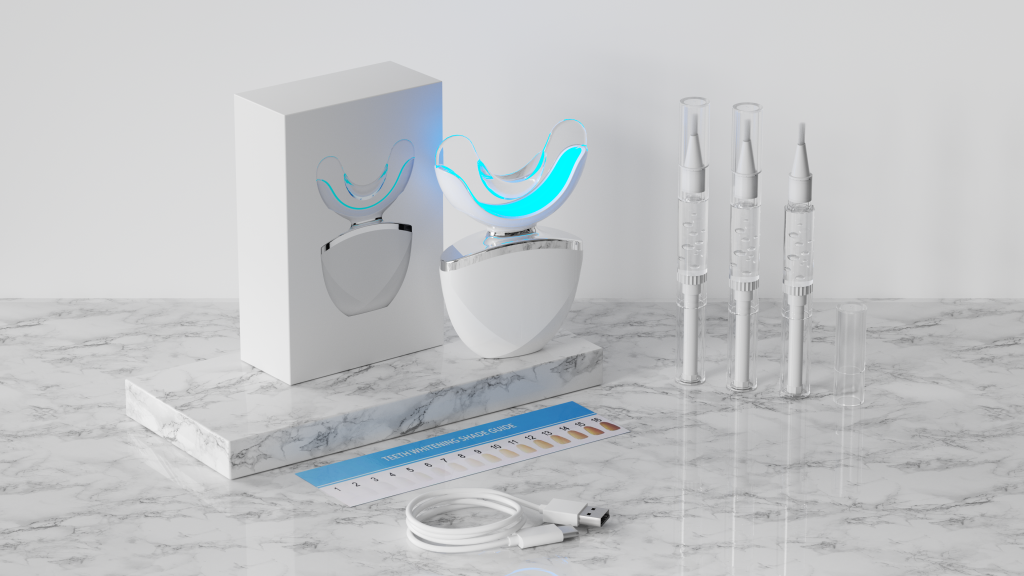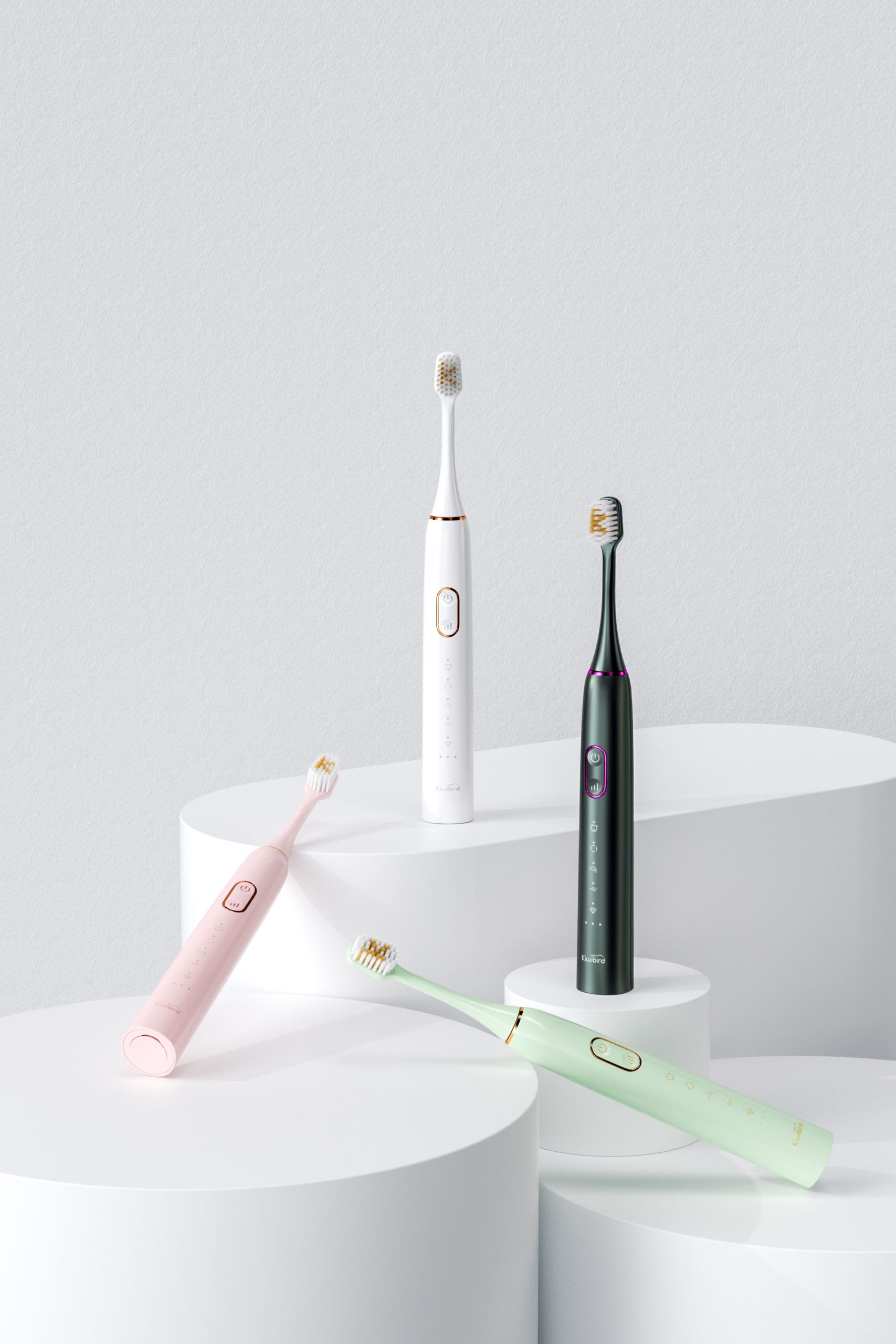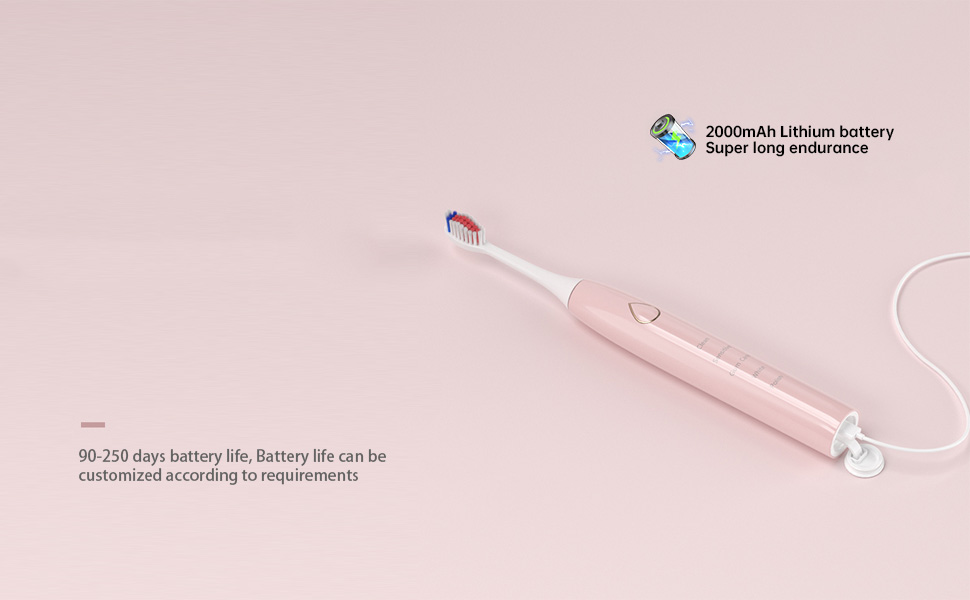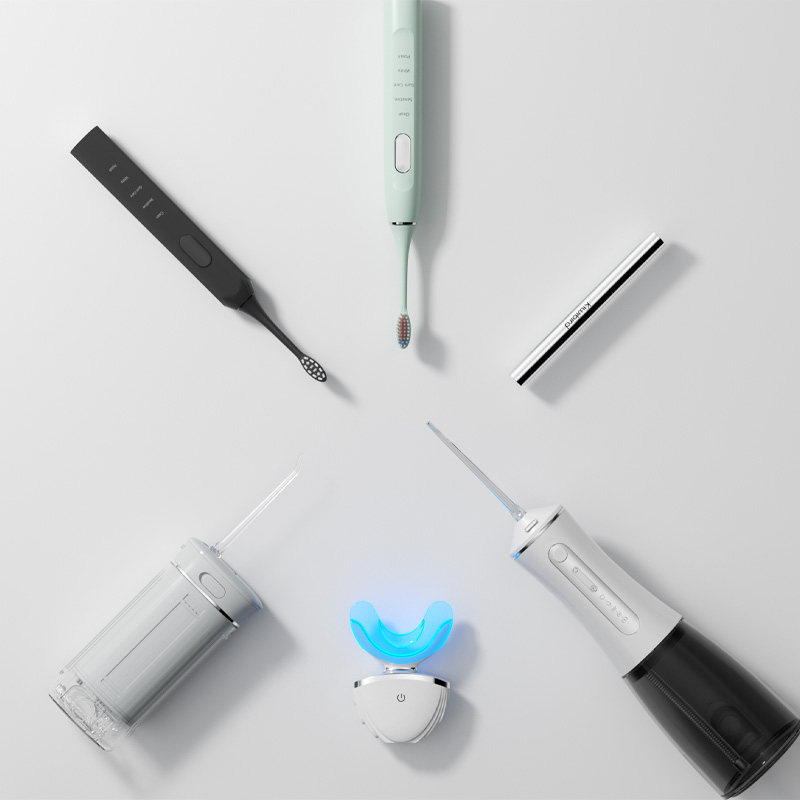Designing electric toothbrushes for Southwestern markets requires more than swapping a colorway. For a B2B audience, the central question is whether an Arizona desert toothbrush must carry an Arizona water-resistant rating to be both reliable in the field and commercially viable. The short answer: usually yes for dust and splash resilience, and optionally higher for broader channel coverage — provided you engineer the product holistically (materials, sealing, thermal strategy, and validation). Below are six focused dimensions to help OEM/ODM teams make a production-ready decision.
First, map the real stresses an Arizona desert toothbrush will face:
Therefore, the baseline expectation is resistance to dust and occasional splashes — not continuous underwater use. Consequently, specifying an Arizona water-resistant rating focused on splash and dust protection (rather than full immersion) aligns with typical desert use-cases and keeps BOM rational.
Next, choose materials that tolerate UV, heat, and abrasive particulates:
Together, these choices reduce the need for frequent cosmetic repair and support any Arizona water-resistant claim you make. Company web: https://www.powsmart.com/product/electric-toothbrush/
Furthermore, sealing strategy should prioritize dust ingress and splash protection:
In short, an Arizona water-resistant rating tuned to dust + splash (IP54–IP65 range) is usually the most cost-effective and credible choice for desert-targeted toothbrushes.

Moreover, battery chemistry and pack design must be chosen for longevity under heat stress:
Thus, the Arizona desert toothbrush with an Arizona water-resistant badge must also be engineered so its battery survives the real thermal cycles of the region.
Additionally, dust and sand change the brushing environment:
These measures ensure the Arizona desert toothbrush performs over time despite abrasive exposure.
Finally, validate and commercialize responsibly:
By validating thoroughly, you protect brand credibility and justify the extra engineering investment.
If you’d like, I can draft a technical spec with recommended IP target, materials table, test protocols, and a pilot plan so your engineering and commercial teams can move straight to prototyping.
Father’s Day Gift Electric Toothbrush for Texas Dad
Pulse Lag Plus Incomplete Flushing—Frustration for Users and Manufacturers?

USB-C Rechargeable Brush Dying on Trips? Portable Toothbrush Case Saves Your Smile!

How to Store a Toothbrush? Best Practices for Hygiene and Longevity

Life Cycle of an Electric Toothbrush
Can You Tolerate Brush Head Wobble with Battery Swelling?
Are Runtime Drop and Thermal Failure Related?

Starting from the Logic of FMCG, What is the Growth Path of New Electric Toothbrush Brand
Hose Leakage Leading Mucosal Lesions – Double Damage?

Electric Toothbrush Factory – Tell You the Proper Way to Brush Your Teeth
Holiday Gift Sets Smart Sonic Toothbrush Supplier WA | Corporate Gifts
.jpg)
Why Partner with a Toothbrush ODM Company for Toothbrush Innovation?
Why Self-Developed Motors Matter in Electric Toothbrushes?
.jpg)
Struggling with patient acquisition? Dental marketing that converts
Promotional Electric Toothbrush for Tech Companies Redmond | Custom Branding
.jpg)
Pros and Cons of the Smart Screen of Electric Toothbrush

electric toothbrush heads Deep Clean

Customization Teeth Whitening Gel

Private Label Whitening Gel

electric toothbrush heads Charcoal Infuse-Round

electric toothbrush heads Regular Clean

Electric toothbrush heads Charcoal Infused-Diamond
.jpg)
Florida Electric Toothbrush – Powsmart PTR-C8

electric toothbrush heads Ultra Soft
whstapp
whstapp
National Toll-Free Service Hotline
+86 755 86238638